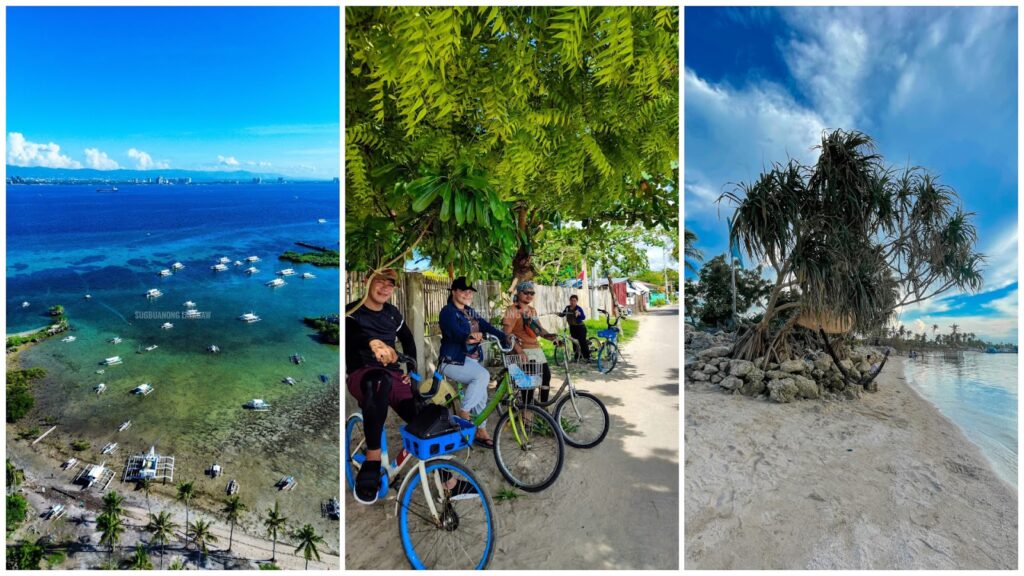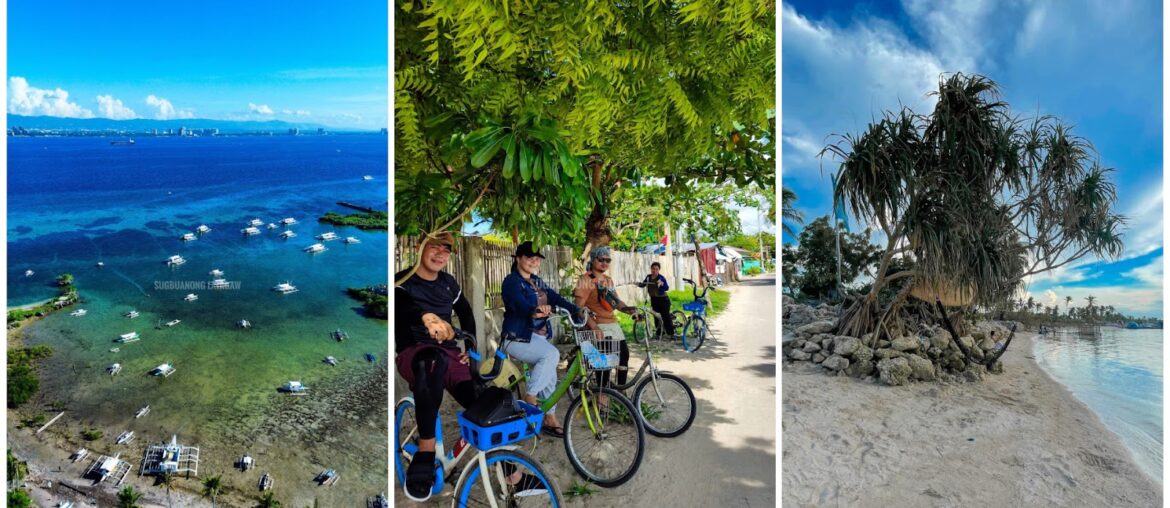Why This Quiet Island is Becoming Cebu’s Cycling Escape

Just 15 minutes by boat from Mactan, Olango Island is quietly redefining eco-tourism, one bike ride at a time. What was once a sleepy flatland known mostly for its bird sanctuary is now emerging as Cebu’s favorite bike tourism destination. With its open roads, welcoming communities, and panoramic coastal views, Olango isn’t just for the birds anymore, it’s for the bikers too.
Flat Roads, Fresh Air, and Freedom
Perfect for both beginners and seasoned riders, Olango’s terrain is friendly and inviting. The island is almost entirely flat, making it ideal for casual sightseeing or scenic long-distance rides. Cyclists cruise past mangrove forests, quiet barangays, bamboo bridges, and fishponds, all under a vast sky that seems to stretch endlessly toward the sea.
And because the roads are lightly trafficked, you don’t just ride, you flow. For many, this is what makes Olango such a standout: no honking horns, no fumes, just the rhythmic peace of tires on warm asphalt and sea breeze brushing your skin.
Bike Tourism on the Rise
With the cycling boom in full swing across the country, Olango has found its niche. Bike tourism here isn’t just a trend, it’s becoming the heartbeat of the island’s economy. Visitors from Cebu City and Mactan now head to Olango specifically for weekend bike tours, island loops, and even sunrise and sunset rides.
Local businesses have embraced the shift. Several bike rental stalls have popped up near the port areas in Barangay Sta. Rosa and Sabang offer affordable hourly and daily rates. You’ll also find sari-sari stores that double as pit stops, offering shade, cold drinks, and friendly conversation.
Where to Rent and How Much
Renting a bike on Olango is both easy and budget-friendly. At the port in Sta. Rosa, you’ll find several vendors offering bike rentals starting at ₱100 to ₱150 for half a day, and ₱200 to ₱300 for a full day, depending on the bike type (standard or mountain bike). Some homestays and tour guides also offer rentals as part of a package, especially if you book a cycling tour around the island.
If you want to bring your own, it’s just ₱20 to ₱30 extra to load your bike onto the pump boat from Mactan’s Angasil Port.
What to See on Two Wheels
Olango’s bike-friendly sights are as diverse as its coastal charm.
• Olango Bird Sanctuary – Best visited early morning or late afternoon
• Shoreline of San Vicente – For peaceful seaside rides
• Floating Cottages and Mangrove Boardwalks – Picture-perfect stops
• Hidden beach coves and fishpond loops – Ideal for the adventurous
Whether you’re riding for the views, the vibe, or simply to escape the city noise, Olango offers an experience that’s authentic, slow-paced, and deeply connected to nature.
Ride with a Purpose
More than just a place to pedal, Olango is becoming a model for sustainable tourism. Bike travel means fewer emissions, less noise, and more intimate ways to explore. Locals benefit too, small vendors, homestays, and guides earn directly from the increasing flow of cycle-loving visitors.
In Olango, biking isn’t just transportation, it’s a movement. One that brings travelers closer to the land, the locals, and to a version of the Philippines often missed behind the glass of a car window.
How To Get There?
Location: Olango Island, Cebu, Philippines
By Car: To get to Olango Island via car, drive to Angasil Port in Mactan, where you can park your vehicle at nearby lots before boarding a pump boat to Olango Island. The boat ride takes about 15 to 20 minutes and brings you directly to Sta. Rosa Port, where bike rentals and local guides are readily available.
By Commute: If you’re commuting by car to Olango Island, drive to Angasil Port in Mactan (Lapu‑Lapu City) via either the Cebu–Cordova Link Expressway or the Mactan–Mandaue Bridge, then park at one of the nearby public or private lots. From Angasil Port, walk to the pump‑boat dock and board a boat to Sta. Rosa Port on Olango, a scenic crossing of about 15–20 minutes on regularly scheduled runs.



Comments are closed.